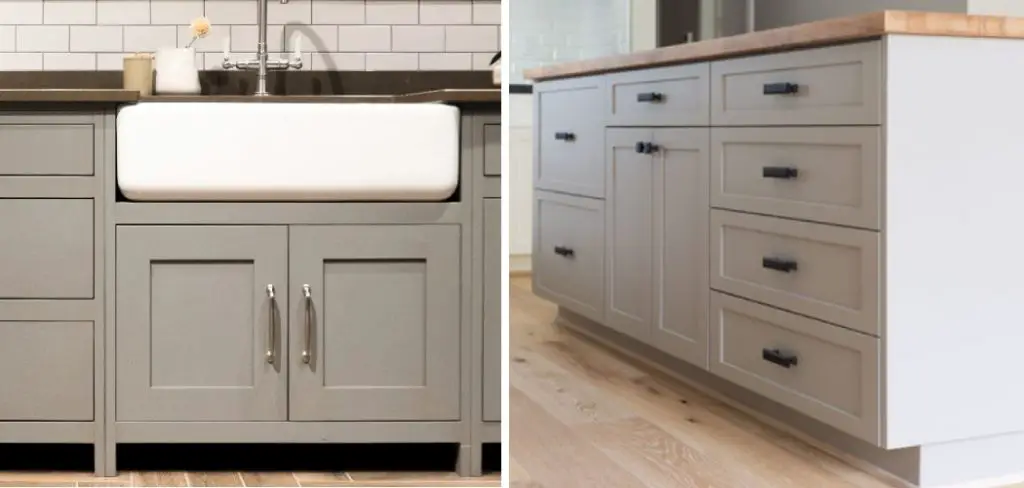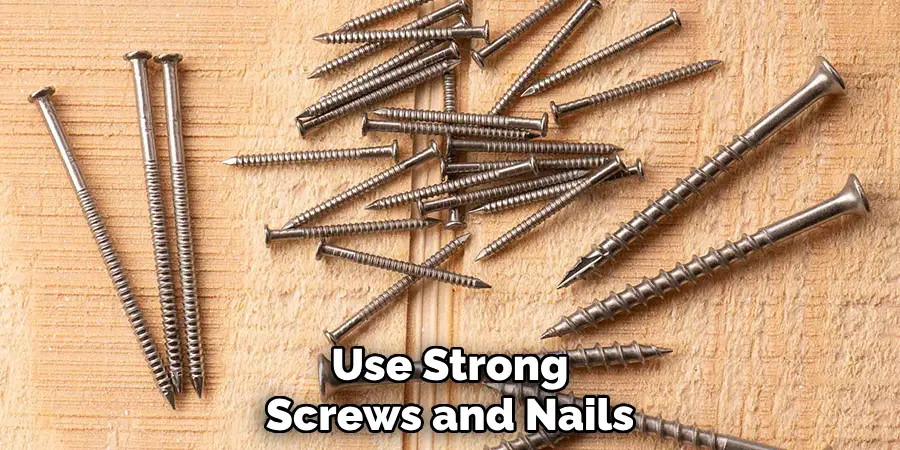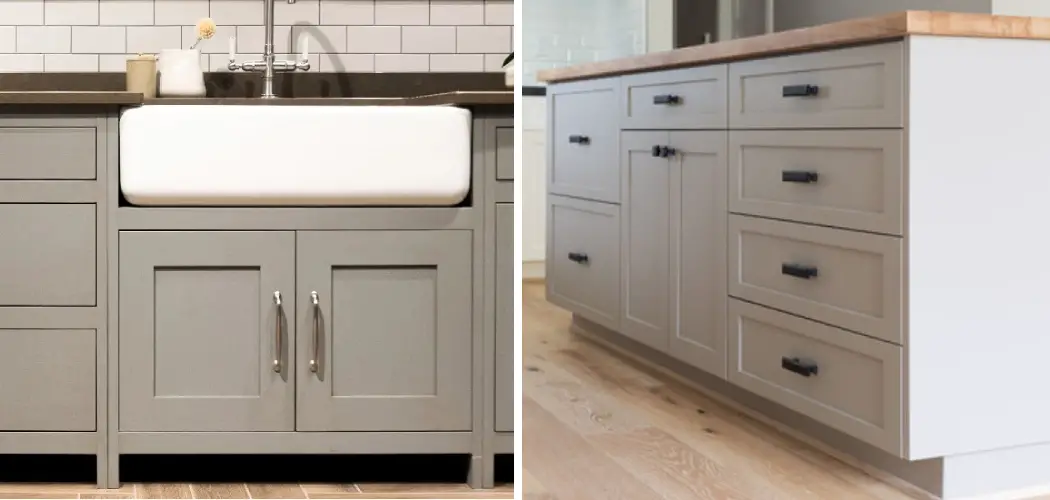Building inset cabinets is a woodworking endeavor that combines both form and function, offering a timeless and elegant addition to any living space. Inset cabinets are known for their flush-fitting doors and drawers, creating a seamless, furniture-like appearance.

If you’re looking to elevate your cabinetry skills and enhance the aesthetics of your office, bathroom, or any room in your home, learning how to build inset cabinets is a valuable endeavor. In this comprehensive guide, we will delve into the intricate process of crafting these exquisite cabinets, from selecting premium materials to mastering precise joinery techniques.
Whether you’re a seasoned woodworker or a novice embarking on your first cabinetry project, this tutorial will equip you with the knowledge and skills necessary to create custom inset cabinets that exude craftsmanship and sophistication. Join us on this journey as we unlock the secrets to building stunning inset cabinets that will elevate the design and functionality of your living spaces.
The Appeal of Inset Cabinets in Office and Furniture Design
Inset cabinets have become increasingly popular in modern office and furniture design. The inset door style, also known as recessed panel door, is characterized by a frame-like structure around the center of the door. This creates an interesting play between the traditionally raised panels and the surrounding frame which has become a hallmark for inset cabinets.

The added detail of inset cabinets gives the overall office or furniture design a more upscale and sophisticated look. Inset doors also create a greater sense of depth as well as texture to the overall design scheme. From traditional and classic designs, to modern and contemporary styles, inset door style adds an extra layer of detail and craftsmanship that is hard to achieve with other cabinet door designs.
It is important to note that inset cabinets require more time and expertise to install than standard cabinet designs. Therefore, if you are planning on installing your own inset cabinets, it is best to hire a professional contractor who has the experience and tools required for this job.
Benefits of Building Your Own Inset Cabinets
Building your own inset cabinets can be a great way to get the custom look you want without spending an arm and a leg. Inset cabinets are characterized by doors that fit flush with the cabinetry, creating a precise, sleek look.
Installing them yourself allows you to choose the exact materials and styles to get the perfect look for your office or bathroom remodel. Here are some of the benefits of building your own inset cabinets:
- Cost Savings – Building your own inset cabinets can be a great way to save money on your remodeling project. You’ll be able to choose the exact materials and styles that you want, without having to pay extra for customization from a professional cabinet builder.
- Quality – Building your own inset cabinets gives you the opportunity to select high-quality materials and craftsmanship, so that your cabinetry is sure to last for many years.
- Personalization – With custom inset cabinets, you have the freedom to choose exactly how you want them to look and feel in your home. Whether it’s a modern look, or more traditional style, you’ll be able to customize the hardware and finishes to truly make it your own.
- Versatility – With inset cabinets, you’re not limited to just the office – they can also be used in bathrooms, living rooms, and even outdoor areas such as patios or decks.
Installing inset cabinets can be a great way to add custom style and flair to your home – and by building them yourself, you’ll be able to save money while still getting high-quality results. With the right materials and tools, you can create beautiful cabinetry in no time!

Beyond just the cabinets themselves, there are other aspects
10 Steps How to Build Inset Cabinets
Gather Materials and Tools
Before beginning any project, it is important to make sure you have all the necessary materials and tools. For building inset cabinets, you will need plywood, hardwood, screws, glue, a drill, saws, clamps, sandpaper, wood filler, and paint or stain. You may also want to invest in a jig saw if you plan on cutting intricate shapes for your cabinet doors.
Cut Plywood Panels
Once you have gathered your materials and tools, the next step is to cut the panels for your cabinets from plywood sheets. Measure out the dimensions of each panel and use a saw to cut them out. Be sure to wear protective equipment such as goggles when using power tools like saws.
Assemble Frame Pieces
The frame pieces of your cabinet will be made from hardwood boards that are joined together with screws and glue. Measure out each piece of wood before cutting it so that all the pieces fit together perfectly when assembled. Use clamps to hold the pieces together while the glue dries.
Attach Plywood Panels
Once the frame pieces are assembled, attach them to the plywood panels using screws or nails. Make sure that each panel is securely attached before moving on to the next step.
Cut Door Pieces
If you are creating inset cabinet doors with intricate shapes or designs, use a jig saw to cut out each piece of wood for these doors before assembling them together into one door panel with screws and glue. If you are making simpler doors with straight edges, use a table saw instead of a jig saw for this step.
Sand All Surfaces
Once all of your cabinet parts have been cut and assembled it is time to sand down all surfaces until they are smooth and even in texture. This will help ensure that your finished product looks professional and will also make painting or staining easier later on in the process.
Fill Any Gaps
After sanding down all surfaces check for any gaps between joints or cracks in the wood that need filling in order to give your cabinet a seamless look when finished. Wood filler can be used for this purpose as it can easily be smoothed over once dry without leaving behind any visible lines or bumps on the surface of your cabinet parts.

Prime Cabinet Parts
Primer helps create an even base layer on which paint or stain can adhere better. It also helps protect wood from damage due to moisture, sunlight, heat, etc. Be sure to apply primer evenly across all surfaces of your cabinets before moving on to painting or staining.
Paint or Stain Cabinet Parts
Now it’s time for some color! Depending on what kind of look you’re going for, choose either paint or stain as desired. If painting, two coats should be sufficient but if staining multiple coats may be necessary depending on how dark you want your cabinets.
Install Cabinet Doors & Hardware
The final step is installing hardware such as handles, hinges, knobs, etc onto both sides of each door panel as well as attaching them securely into place within their respective frames. Once everything is secure, try opening and closing each door several times just to make sure everything works properly before admiring your handiwork!
Things to Consider When Building Inset Cabinets
When building inset cabinets, there are a few factors to consider in order to ensure that your cabinets will be durable and last for years. The first factor is the material you choose for your cabinetry. Inset cabinets should be made of high-quality solid wood or other strong materials like particleboard or MDF. This will help them remain sturdy over time and bear the weight of your items.
The second factor is to choose the right hardware and hinges for your cabinets. The cabinet hinges should fit tightly in order to keep the doors closed securely and allow them to open smoothly when needed. You will also need to use strong screws and nails in order to hold the cabinets together, especially if you are attaching them to a wall.

Finally, it is important to pay attention to the details. Measure twice and cut once when making your cuts and ensure that you are using proper joinery techniques. This will help your cabinets look polished and professional when finished.
Conclusion
Building inset cabinets doesn’t have to be a daunting task. With the right tools, patience, and enthusiasm, you can craft a beautiful finished product. Don’t be cheap on materials; use good quality wood that will last for years. When nailing down your pieces, use precision and precautions to avoid breakage or other mishaps.
Pay attention to the measurements as you construct, and if something looks off don’t hesitate to start over. When putting together all of the components, take your time too— think about your method of attachment— glue? Nails? Screws? All are viable options!
In the end it can make your cabinets last longer. Lastly arch top doors are a great way to add class and elegance no matter what material you use with them. It may take some trial and error but if done well it should bring amazing results.
Take this advice and you will find out how easy it is to build inset cabinets in no time! So now that you have the fundamentals down pat, why not take it upon yourself to learn how to build inset cabinets today!

